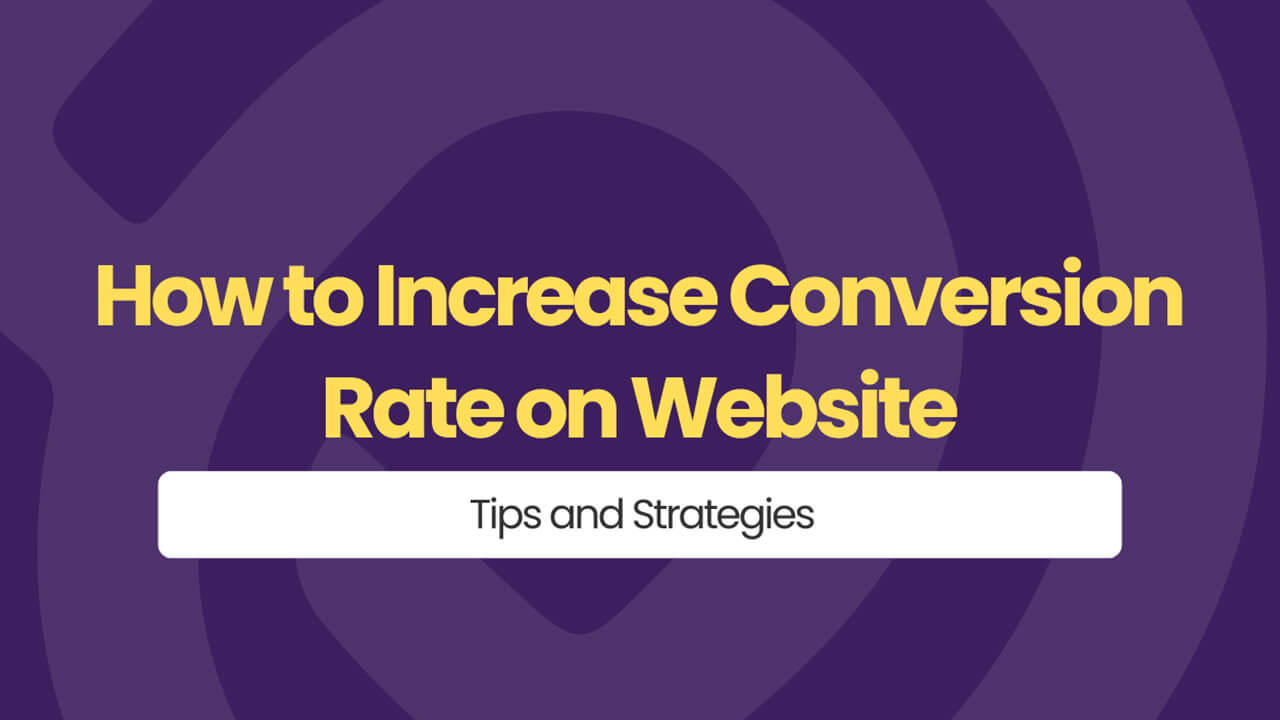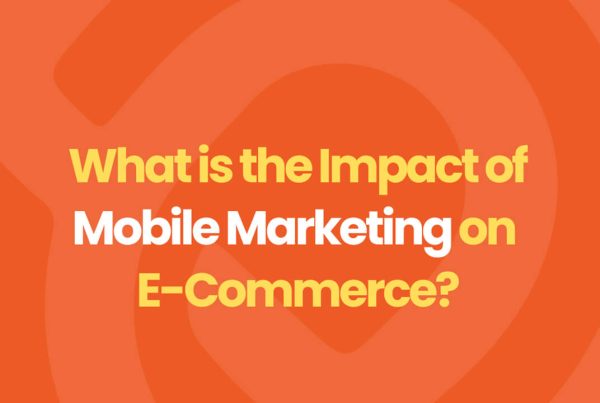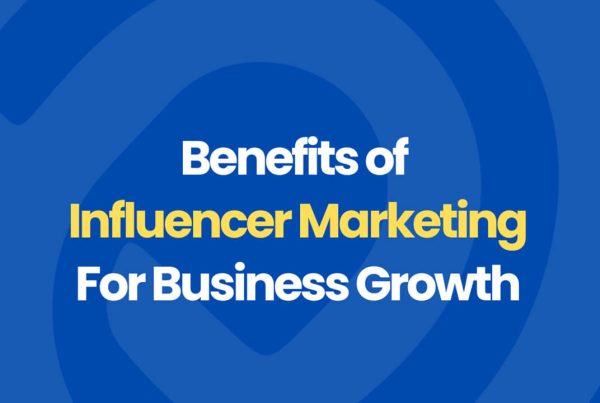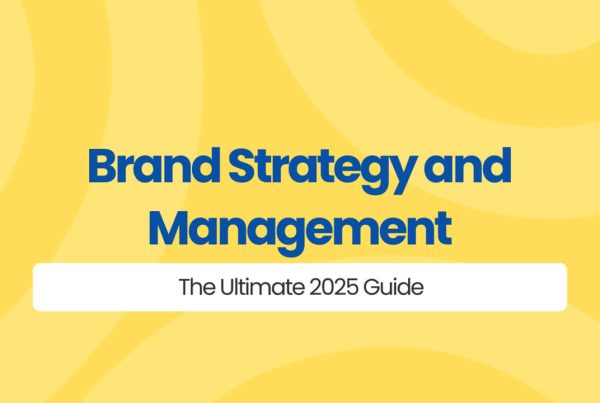
To increase the conversion rate on the website is to unlock its full business potential. Driving traffic alone doesn’t guarantee success; conversions do. If your site attracts visitors but fails to convert them, you’re leaving revenue on the table. Focusing on increasing the percentage of users who take desired actions, such as purchases or sign-ups, can significantly enhance your return on investment.
Whether you’re aiming to improve e-commerce conversion rate or simply want visitors to spend more time on-site, optimizing for conversions is key. This guide explores proven strategies and insights to help marketers and business owners turn traffic into tangible results.
What Is a Conversion Rate and Why Does It Matter?
A conversion rate is the percentage of visitors who complete a desired action. This could be a product purchase, newsletter sign-up, form submission, or any other goal aligned with business objectives. To calculate it, divide the number of conversions by total visitors, then multiply by 100. For example, if 1,000 visitors land on your site and 25 make a purchase, your conversion rate is 2.5%.
Conversion rate is a crucial performance indicator. It reflects how effectively your site persuades users to act. The higher your conversion rate, the more you gain from the same amount of traffic. Average conversion rates vary: e-commerce often sits between 2.5% and 3%, while landing pages can hit 5 to 10% depending on the offer. Understanding and optimizing this metric directly affects revenue and ROI.
Understanding CRO Formulas and Metrics
Conversion rate optimization (CRO) allows businesses to generate more value from their existing traffic. Rather than focusing solely on bringing in more visitors, CRO emphasizes converting a higher percentage of those who already land on your website. To effectively manage and improve conversion rate on the website, it’s essential to understand the core formulas that guide optimization efforts.
CRO Formula 1: Conversion Rate
This is the most direct and widely used metric. The formula is:
Conversion Rate = (Number of Conversions ÷ Total Visitors) × 100
If 100 people purchase from a pool of 10,000 visitors, your conversion rate is 1%. Increasing this percentage without increasing traffic directly impacts revenue, making CRO more efficient than traffic growth alone.
CRO Formula 2: Number of Net New Customers
To determine how many new customers you need to meet revenue targets:
Net New Customers = Revenue Goal ÷ Average Sale Value
If your goal is $10,000 in monthly revenue and your average order value is $100, you need 100 new customers to hit that mark. CRO helps achieve this by converting a higher portion of your traffic.
CRO Formula 3: Lead Goal
If you know your lead-to-customer close rate, you can reverse-engineer the number of leads needed:
Lead Goal = Number of New Customers ÷ Lead-to-Customer Close Rate
If your close rate is 10% and you need 20 new customers, your goal should be to generate 200 qualified leads.
Example Impact of CRO
Let’s say your e-commerce site receives 10,000 visits monthly. At a 1% conversion rate, that yields 100 leads and about 10 customers (assuming a 10% close rate). If you increase the conversion rate to 2%, leads double to 200, and customers to 20, all without increasing traffic.
| Traffic | Conversion Rate | Leads Generated | Customers (10% Close Rate) |
|---|---|---|---|
| 10,000 | 1% | 100 | 10 |
| 10,000 | 2% | 200 | 20 |
| 10,000 | 3% | 300 | 30 |
This example underscores a critical insight: improving your conversion rate is often more sustainable and cost-effective than simply driving more traffic. Use these formulas to build realistic, data-backed goals that drive business performance
Set Clear Website Conversion Goals
Before optimization starts, define what a conversion means for your business. Not all goals are transactional. While purchases are a primary objective in e-commerce, other meaningful goals include signing up for a free trial, downloading a guide, or subscribing to a newsletter.
Split your goals into macro (sales, bookings) and micro (clicks, scroll depth, email signups) conversions. Micro conversions signal interest and guide users toward macro goals. Use analytics tools to track these actions and segment them by traffic source, device type, and user behavior. Examples of clear goals include:
- Increase conversion rate from 1.8% to 2.5% in Q3
- Generate 1,000 new email signups monthly.
- Boost product purchases by 15% within six weeks.
Clarity in your goals ensures that every test and tweak you make has measurable outcomes.
Talk to Your Customers and Understand Intent
Conversion optimization is not just data; it’s about understanding people. Conducting direct customer interviews can uncover what drives or stops conversions. Ask why they chose your brand, what made them hesitate, or what confused them on the site. This qualitative insight often reveals pain points that analytics can’t.
In addition, on-site surveys and live chat transcripts help collect in-the-moment feedback. For instance, if users frequently ask about product sizing, you know your size chart isn’t visible or clear enough. These small details often influence the decision to buy.
Look for patterns in what customers say. If users highlight price as a deciding factor but your site focuses only on quality, revise your messaging to address both. Understanding your users’ language and concerns gives you a foundation for persuasive, targeted content that drives conversions.
Audit the Website Experience
Friction kills conversions. Every extra step, confusing layout, or unclear message can push users away. To improve site conversion rate, audit your user experience from start to finish.
Use heatmaps and scroll-depth reports to see how far users go and where they stop. If they drop off mid-page, that’s a signal your content needs to engage better, or the layout is cluttered. Analyze FAQ usage, and questions users search for most indicate gaps in your messaging. Integrate the answers into your core site flow instead of burying them in help pages.
Examine funnel drop-offs. Tools like Google Analytics or Littledata show where users abandon your sales journey. A common spot is the checkout page. Adding trust badges, simplified forms, and social proof here can reduce bounce and boost conversion rate.
Optimize Value Proposition and Messaging
Your value proposition should be crystal clear within the first few seconds of landing on your site. Users should know what you offer, why it’s valuable, and what makes it different. This is not the time for vague marketing speak. Focus on clear, benefit-driven messaging.
Test your headline and supporting copy using A/B tools like Google Optimize. Run different versions that emphasize different angles: price, quality, speed, or exclusivity. See what resonates most with your audience and adopt the top-performing version across your marketing channels.
Consistency is key. Ensure that the value communicated in ads or social media aligns with what users see on your landing pages. Misalignment creates confusion, which reduces trust and hurts conversions. Make your message strong, simple, and centered around your users’ needs.
Improve Site Speed and Mobile Experience
Technical issues like slow loading times and poor mobile design sabotage your conversion efforts. Studies show that a delay of just one second in page load time can reduce conversions by 7%. Use tools like GTMetrix to diagnose speed issues and follow actionable recommendations.
Mobile responsiveness is non-negotiable. With over 50% of traffic coming from mobile devices, your site should be seamless across all screen sizes. Google’s Mobile-Friendly Test helps you spot and fix mobile-specific issues. Optimize images, remove unnecessary scripts, and simplify navigation to create a faster, friction-free experience.
Even minor technical updates can lead to major ecommerce conversion improvement. Regular audits ensure that performance doesn’t slip as your content and platform evolve.
Use Social Proof to Build Trust
Social proof reinforces trust and helps new visitors feel confident. Featuring reviews, testimonials, and user stories can shift someone from “maybe” to “yes.” Display product-specific reviews directly on product pages. Highlight positive quotes near calls-to-action. Include images or videos when possible for authenticity.
A dedicated testimonials page can serve as a trust hub, but key reviews should appear on high-conversion pages. Showcase client logos, certifications, or user-generated content like tagged Instagram posts. The more credible your brand appears, the easier it is to convert skeptical buyers.
Make Navigation and Search User-Friendly
Users won’t convert if they can’t find what they’re looking for. Poor site structure or a clunky search feature leads to frustration and exits. Simplify navigation by grouping similar products and using clear labels. Highlight categories in the main menu and use breadcrumbs to guide browsing.
Implement a robust internal search function. Over 60% of shoppers use it, and 80% leave if it doesn’t work well. Features like autocomplete, filters, and typo-tolerance enhance the experience. Even better, show related products or suggestions when a search returns zero results. The smoother the discovery process, the higher the chance of conversion.
Add Live Chat or Chatbots for Instant Support
Real-time support reduces drop-offs. Whether powered by a human team or AI, a live chat can answer questions, solve problems, and suggest products in seconds. Place chat tools prominently on high-intent pages like product listings or checkout. Use proactive messages like “Need help deciding?” to start engagement.
Track what questions users ask most. If the same issue arises, update your site copy to address it upfront. Chat features also collect valuable behavioral data and provide quick ways to recover sales at risk of abandonment.
Run A/B Tests Regularly
Optimization is ongoing. A/B testing helps refine design, copy, CTAs, and layouts based on what users respond to. Test one element at a time to isolate what impacts conversion rate. Key areas to test include:
- CTA button colors and copy
- Product image formats (carousel vs. static)
- Layout and order of page sections
- Guest checkout vs. required login
Tools like VWO or Optimizely streamline this process. Data should drive decisions, not assumptions. The goal is continuous improvement.
Offer Clear Incentives to Convert
Incentives move shoppers from hesitation to action. Offer free shipping, discounts, or bonuses to encourage purchases. Set thresholds (e.g., free shipping over $50) to maintain profitability. Time-based promotions create urgency, display countdown timers or expiration notices near CTAs.
Highlight incentives early and repeat them throughout the customer journey. A banner on the homepage, a reminder in the cart, and a note at checkout ensure users know they’re getting added value.
Write Clear and Concise Product Descriptions
Great descriptions improve the e-commerce conversion rate. Use short paragraphs, bullet points, and headlines to make them easy to scan. Highlight key benefits, not just features, and explain how the product solves a problem or improves the buyer’s life.
Avoid jargon. Speak in the language your customers use. Adding relatable, specific, and sensory details helps users visualize the product in action. Support with quality images and customer reviews for credibility.
Ensure a Smooth Checkout Process
Cart abandonment is often due to a complicated checkout. Streamline the process with a single-page checkout or a progress indicator to enhance user experience. Offer guest checkout and minimize the number of form fields. Clearly show total costs, shipping options, and delivery times.
Use trust badges, SSL certification, and familiar payment gateways to reassure users. Follow up abandoned carts with reminder emails and offer limited-time discounts to close the sale.
Implement a Transparent Return Policy
A clear return policy builds buyer confidence. Outline your policy in simple language and display it prominently. Offer realistic timeframes and include free returns if feasible. This reassurance helps users proceed with the purchase without hesitation.
Transparency in returns also reduces post-purchase dissatisfaction and improves long-term customer loyalty.
Leverage CRO and SEO Together
Conversion rate optimization and SEO work best together. SEO brings in traffic; CRO turns that traffic into results. Optimize landing pages with relevant keywords, clear headlines, and fast load times. Ensure that meta descriptions and titles align with on-page content.
Monitor which keywords drive traffic and which pages are most effective at converting. Tweak content and design based on user behavior. The synergy between CRO and SEO improves visibility, engagement, and revenue.
Conclusion
Improving conversion rate is essential to growing online revenue. Focus on creating seamless, persuasive, and friction-free user experiences from start to finish.


